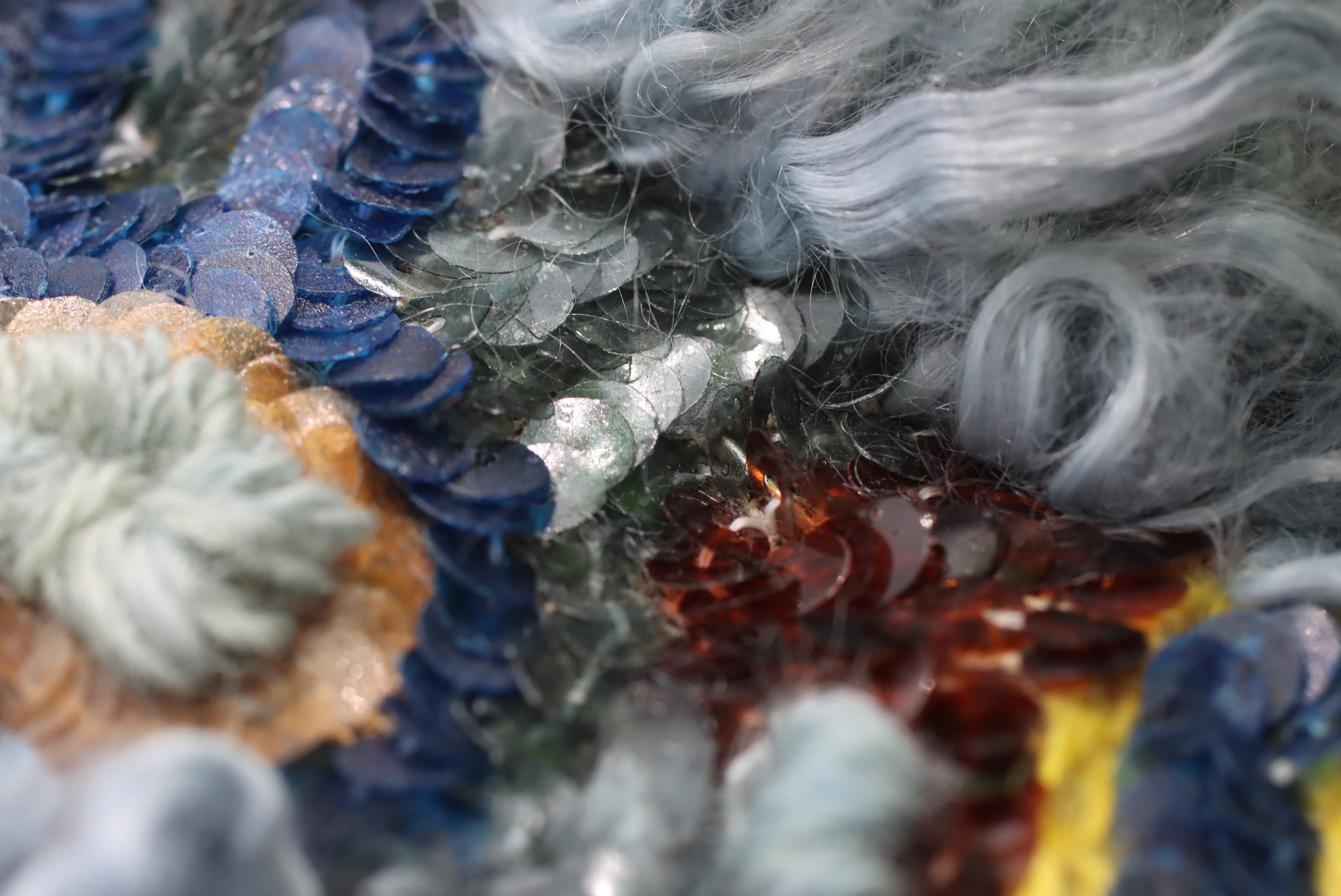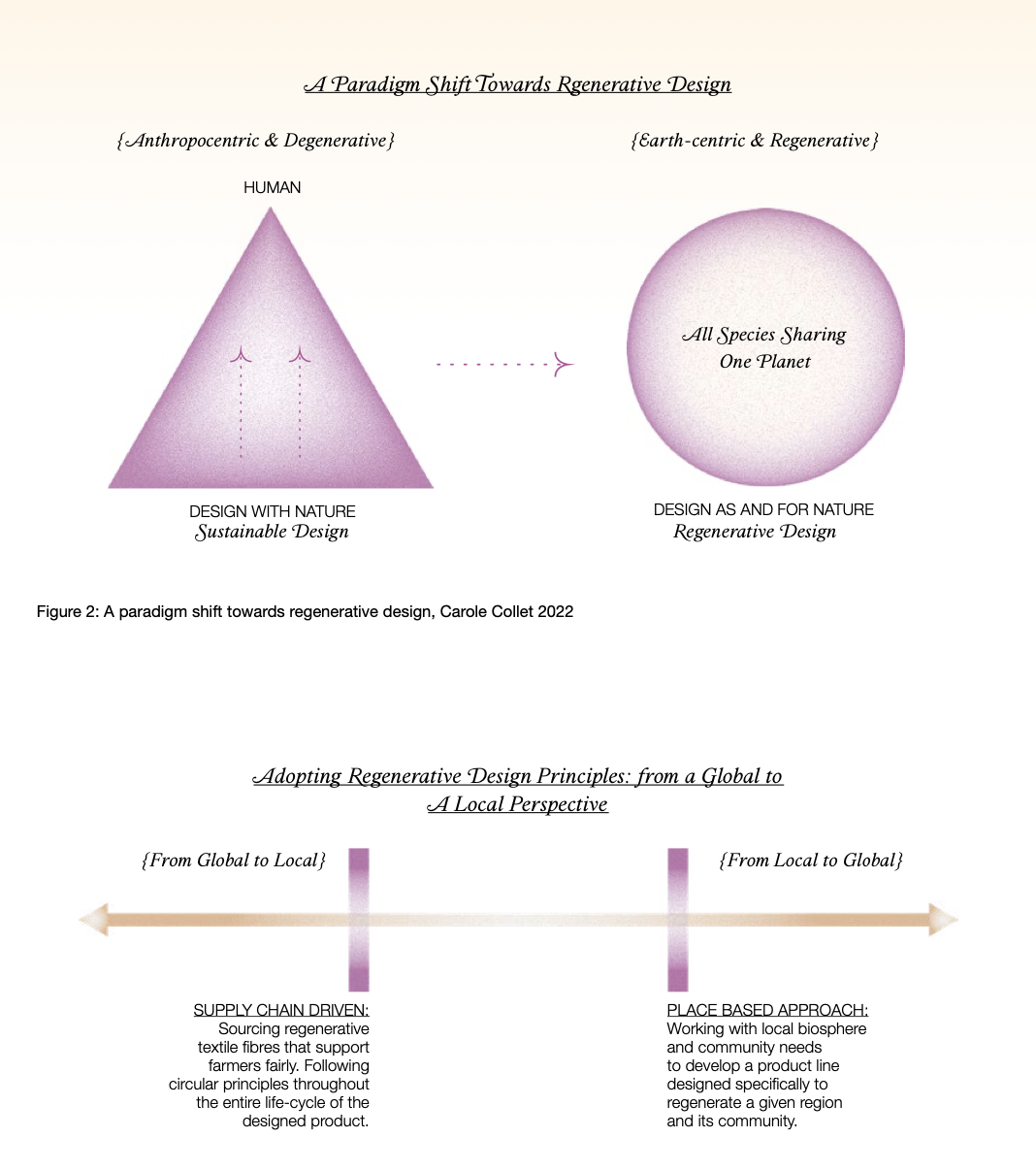Regenerative Design for a Thriving Planet
In the world of design, a new mindset is taking hold, one that goes beyond simply being sustainable to embrace the concept of regenerative design. So, what exactly is regenerative design, and why is it gaining momentum? We will discuss the meaning of regenerative design and explore some groundbreaking projects.
Mallon Linen 2022 Flax harvest. Credit: Maria Kate Rooney.
What is Regenerative Design?
Regenerative design, as described by Carole Collet, is all about fostering a positive impact on the biosphere and communities. It’s about designing with nature, rather thas against it, and actively working to restore and enhance ecosystems. Regenerative design is not just a buzzword; it’s a proactive approach to creating products and spaces that contribute to the well-being of our planet.
Close-up of Rewilding Textile’s sample, a regenerative design project. Credit: Cassie Quinn.
The Three Pillars of Regenerative Design
1. Circularity and regenerative design: At the heart of regenerative design is the circular economy principle, which aims to minimise waste and maximise resource efficiency. Regenerative design takes this a step further by actively seeking to regenerate ecosystems and communities throughout the entire lifecycle of a product. From sourcing regenerative textile fibres to implementing circular practices, every step is taken with the planet in mind.
2. Place-Based Approach: regenerative design recognises that every region has its own unique ecosystem and community needs. By working closely with local stakeholders, designers can develop solutions tailored to regenerate specific regions, therefore fostering resilience and sustainability at the local level.
3. Data-Driven and Adaptive: regenerative design is not just a philosophy; it’s a science. Data plays a crucial role in benchmarking existing strategies and modelling new solutions. By understanding and mimicking natural processes (biomimicry), designers can create systems that have positive outcomes for both people and the environment.
Adopting regenerative design principles: from a global to a local perspective figure from Rewilding Textiles publication. Credit: Carole Collet.
The Impact of Regenerative Design
From innovative textile startups to community-led reforestation projects, the impact of regenerative design is far-reaching. For example, Orange Fiber is a Sicilian company that transforms citrus juice leftovers into sustainable fibers for the fashion industry. Also, Fernando Laposse’s Totomoxtile project, aiming to revitalise land and empower communities through agave reforestation in Mexico by making veneers using the waste from corn husks. Including the work we do at CQ Studio as can be seen in our collaborative project Rewilding Textiles where we developed protocols to intersect the use of bacterial dyes with algae and food waste dyes, a process that has not been accomplished to date.
Totomoxtle by Fernando Laposse. Credit: India Block.
https://www.dezeen.com/2019/05/30/totomoxtle-fernando-laposse-mexico-corn-circular-economy-design/
Regulations and Legislation
As the importance of regenerative design continues to grow, so does the need for supportive policies and regulations. Initiatives like the FABRIC Act in the United States and the EU Strategy for Sustainable and Circular Textiles are paving the way for a more sustainable future by promoting transparency, accountability, and innovation in the fashion industry.
Close up of Inflaxuation. Credit: Cassie Quinn
https://cqstudio.uk/inflaxuation
Dispelling Misconceptions
One common misconception about regenerative design is that it’s simply another form of sustainable design. While sustainability focuses on minimising harm, regenerative design goes beyond that by actively restoring and enhancing ecosystems. By understanding this distinction, we can better understand and appreciate the transformative potential of regenerative design.
Close-up of Rewilding Textile’s sample, a regenerative design project. Credit: Cassie Quinn.
In conclusion, regenerative design offers a hopeful vision for the future of design—one where creativity, innovation, and environmental conservation go hand in hand. By embracing the principles of regenerative design, designers have the power to not only minimise harm but to actively regenerate and replenish our planet for generations to come. So, let’s get excited and feel hopeful on this journey towards a more regenerative and thriving world. If you want to discuss implementing regenerative practices into your designs, send us an email and we can book a discovery call!






